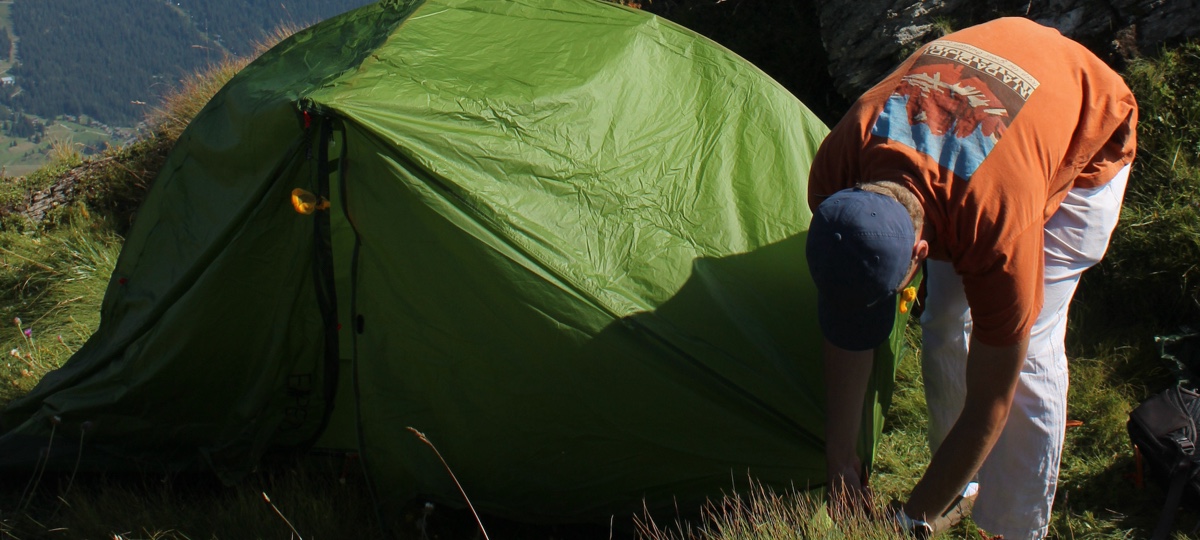Advnture Verdict
Tipping the scales at a mere 2.54 lbs (1.15kg), the Exped Mira II is a great investment for ultralight backpackers who need a reliable shelter for three-season use. It’s comfortable and roomy, boasting large porches and impressive interior height that make it feel more spacious than some of its rivals. It is, however, pricier than equivalent tents from the likes of MSR and Sea to Summit (particularly in the UK), which may prompt budget-conscious campers to steer clear.
Pros
- +
Incredibly light for the space
- +
Performs well in the wind
- +
Plenty of creature comforts and well-sized porches
- +
Impressive flysheet coverage
Cons
- -
Premium price tag
- -
Not super durable
You can trust Advnture
Exped Mira II HL tent: first impressions
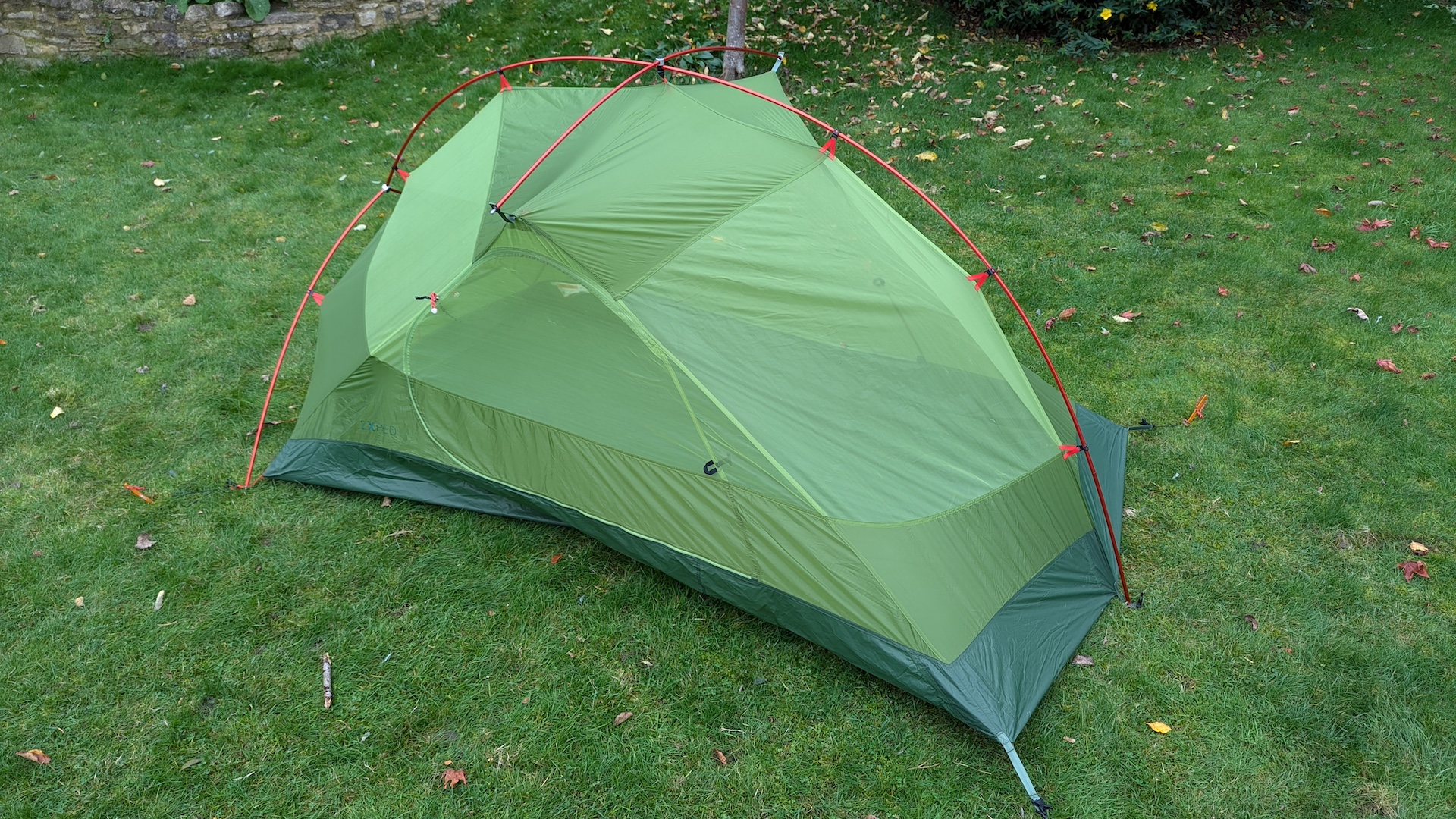
The Exped Mira II HL is a two-person tent that strikes a near-perfect balance between space, comfort and ultralight design. Weighing in at just 2.54lbs (1.15kg), it’s ideal for lightweight backpackers looking for an option that doesn’t compromise on livability during short trips in moderate climates. Whether you’re out on a weekend fastpacking trip or a week-long backcountry adventure, the Mira II HL provides enough convenience and practicality to make it an attractive option.
• List price: $449.95 (US) / £725 (UK)
• Style: Dome tent
• Weight: 1.3kg (packed)
• Waterproofing: 1,500mm
• Rooms: One bedroom, two vestibules
• Compatibility: Two people and gear
Setting up this tent is a familiar process, thanks to its intuitive clip system and inter-connected pole structure. Even after a long day of hiking, I found myself able to pitch up reliably in under 10 minutes, even while wild camping on less than perfect ground conditions. The freestanding design means you don’t have to wrestle with awkward pegging points, and the large fine mesh canopy offers stellar stargazing opportunities if you want to ditch the rainfly on a clear night.
But porch space and livability are where the Exped Mira II HL really shines. Two generously sized vestibules, one for each door, provide more than enough space for gear storage, cooking in a pinch, or just giving you and your camping buddy some elbow room. The straightforward, color-coded cinch buckles also deserve a nod for how easy they make tensioning the guy lines, especially when you’re setting up in a hurry or with cold hands.
Inside, Exped has clearly thought about the small details that make a difference. The rear pockets and gear hanging line are ideal for organizing your essentials, from headlamps to water bottles, and the inner tent’s D-shaped doors make it easy to get in and out without disturbing your tent mate. The overall packed size is great, though it’s worth mentioning that the pole length is just a tad too long to fit widthways in most mid-sized backpacks, so you’ll likely end up packing them lengthways – a minor inconvenience, depending on your pack.
On the downside, the tent’s premium feel is accompanied by a premium price tag. The Mira II HL doesn’t come cheap, but if you’re looking for a quality ultralight shelter with enough room for two and top-notch durability, you’ll likely find the investment worth it.
Exped Mira II HL tent: design
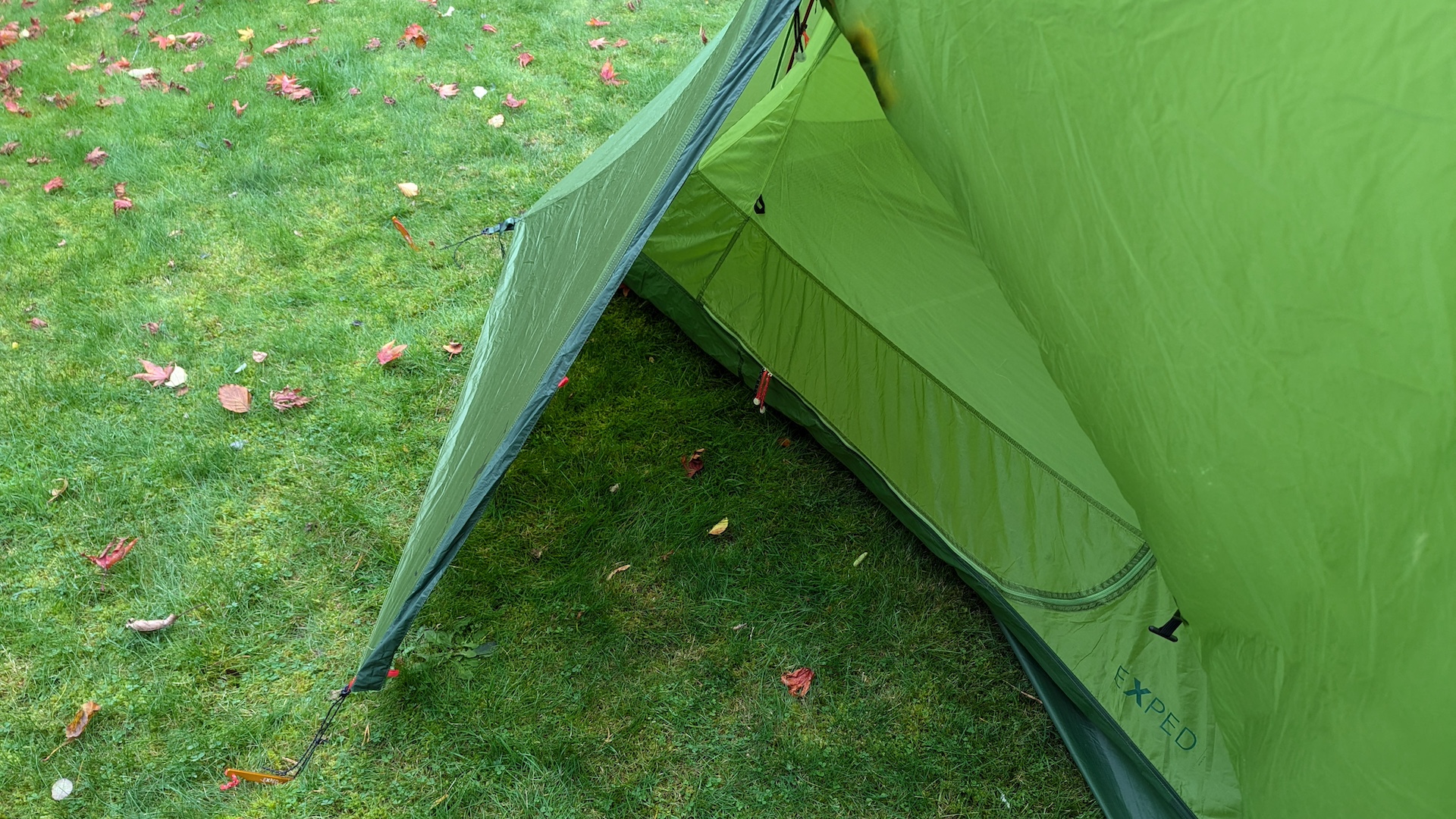
Exped nailed the design of the Mira II HL in ways that make it perfect for fastpackers and backpackers who value both weight savings and comfort.
Ventilation in the Mira II HL is solid as well, thanks to the large fine mesh panels that cover the upper portion of the canopy. These offer excellent airflow, especially in warmer conditions, while the solid fabric walls help to keep out drafts when it gets cooler. Plus, the mesh does a stellar job of keeping out pesky bugs without feeling stuffy inside the tent. The canopy is also fully freestanding, which is a godsend when you’re setting up in rocky or uneven terrain, where pegging down every corner isn't an option – which was the case on more than one occasion for me.
The only minor trade-off I found when it comes to design is the packed size – or more specifically the pack shape. The poles fold down to a slightly awkward length (40cm), making them just a bit too long to stow sideways in a standard backpack, meaning you’ll have to carry them vertically. Depending on your pack’s dimensions, this could be a small but noticeable issue.
Overall, the design is well thought out, but it’s clear that Exped prioritized keeping things light, packability and simplicity, making this an excellent choice for lightweight backpackers looking to shave ounces without sacrificing practicality.
Meet the reviewer

A lifelong outdoor enthusiast, Joe found a love for adventure early on, starting in Scouts as a young Beaver and progressing through the ranks. After years as a dedicated racing cyclist, Joe shifted focus to the mountains, diving into alpine trekking, hiking, and trail running. Now, he’s is constantly in pursuit of the perfect camp spots and the most breathtaking sunrises and sunsets. From remote mountain trails to rugged terrains, Joe is always planning the next remote escape.
Exped Mira II HL tent: value
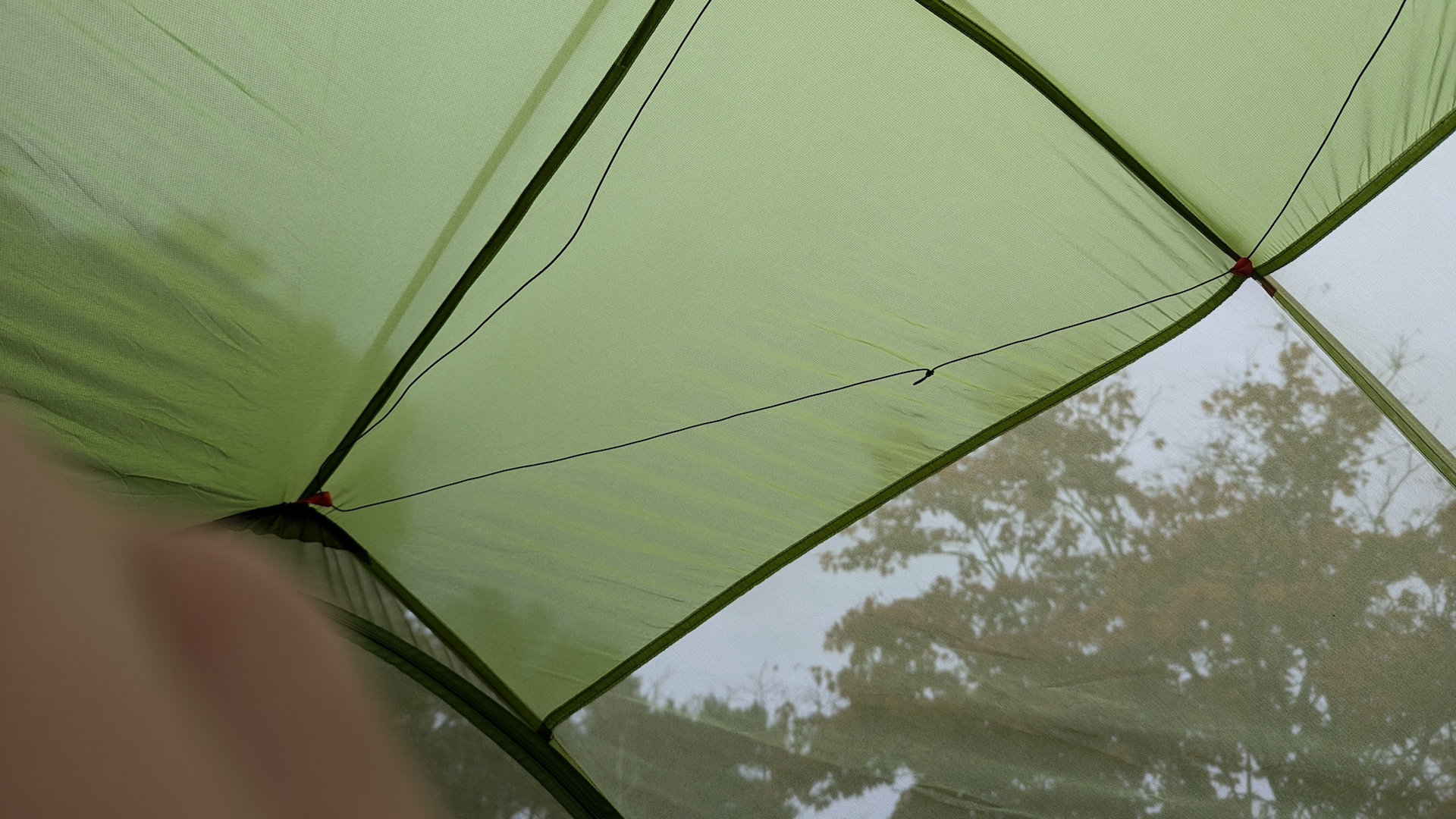
You pay a premium for Exped tents compared to ones from MSR and Sea to Summit, particularly in the UK, and with a list price of $449.95 / £725, the Exped Mira II HL falls firmly in the premium tent category. That said, it's clear you're paying for high-quality materials and thoughtful design.
Exped Mira II HL tent: in the field
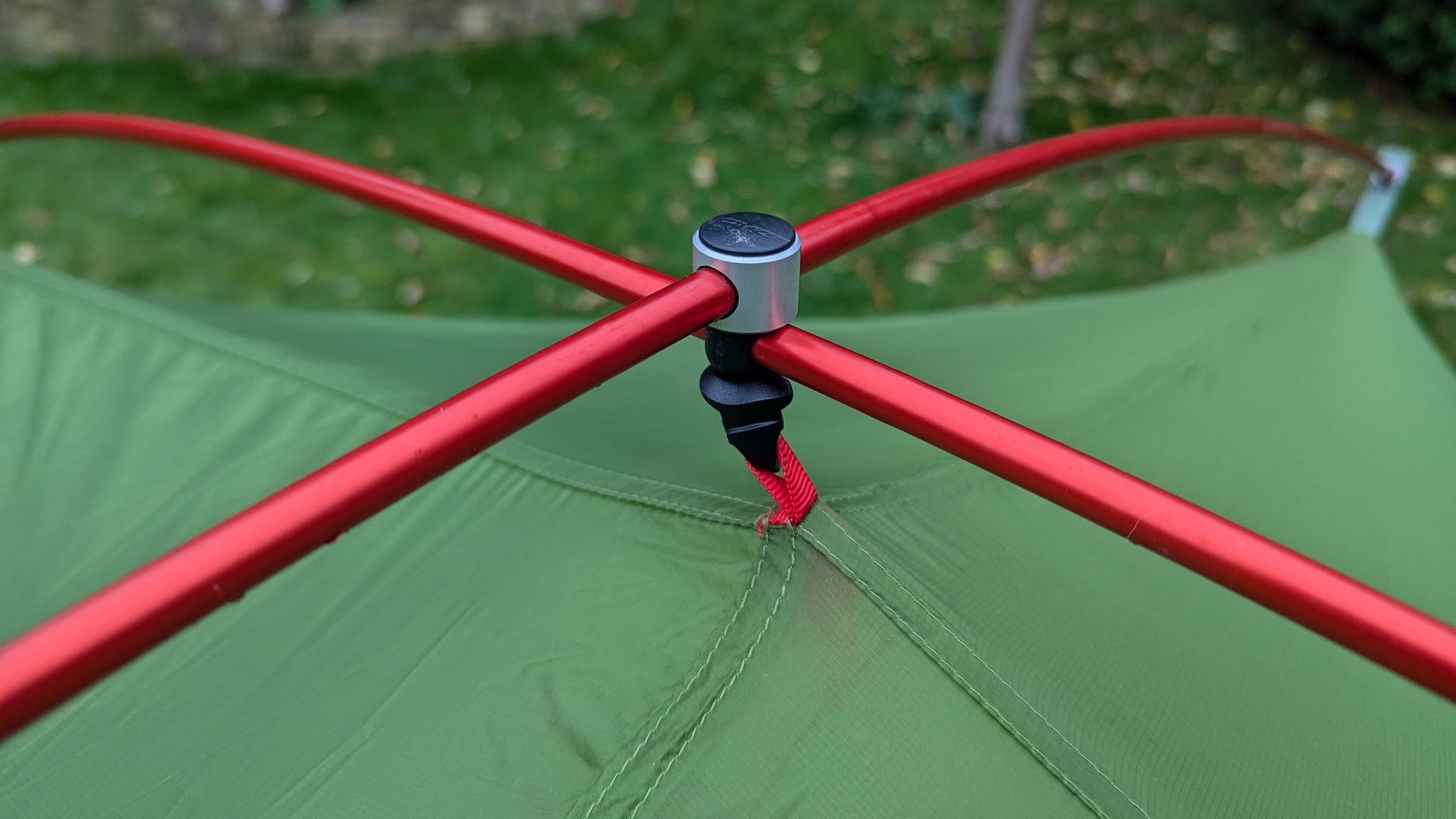
I was able to thoroughly put the Exped Mira II HL through its paces in a variety of different weather conditions and pitch locations thanks to a somewhat spontaneous trip to the Swiss and French Alps this summer.
Hikes to find camp spots ranged from hour-long jaunts along easy ridge trails to a six-hour T5 hike gaining over 2000m of elevation, so it’s safe to say I was pretty much always pitching up tired, and the easy-to-pitch nature of the Mira II HL was therefore paramount.
As well as passing the low-hassle pitching test with flying colors, the tent was also subject to everything from splendidly warm nights to more brutal sessions of thunder and lightning. Safe to say, it was a good mix of testing conditions – and the Mira II HL impressed me throughout.
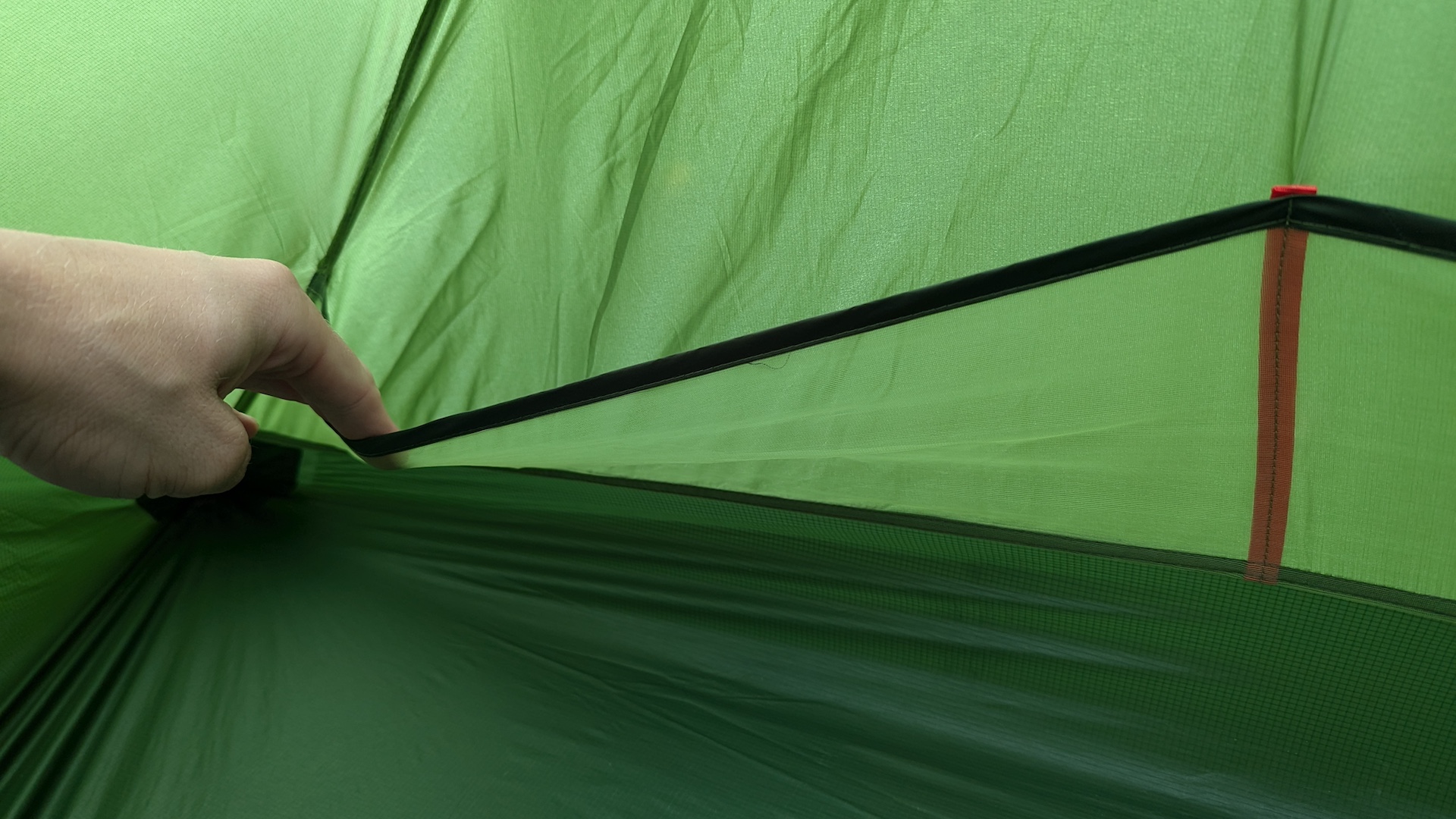
Generally speaking, I always pitched the tent as intended – that being inner first, followed by pegs, then outer. This proved reliable and fast, thanks to high-quality tent poles and a simple tripod-style design. That said, I did have to pitch outer first on one rather rainy occasion, which was possible thanks to decent headroom, but not to be recommended unless you have no choice!
I used the tent both with a buddy and on my own, and there was adequate space to sleep two people comfortably (6’0” and 5’8”) and enough room to shelter three people in luxury for an evening game of cards. On my own, the tent was decidedly lavish, with no need to store gear in the porch. This may seem obvious, but for a tent that weighs just over a kilo, it's certainly worth remembering.
The fly sheet coverage also proved useful on wetter nights, when I didn’t have to worry about water ingress, even when the wind was blowing. You can also cinch the outer layer a decent way down for extra protection against the elements; for an ultralight tent, it was very weatherproof. Of course, you can’t totally have your cake and eat it too, and the lightweight nature of the tent did mean I was more careful about pitch locations. It wasn’t super warm either, though I think the self-proclaimed three-season rating is absolutely on the money.
